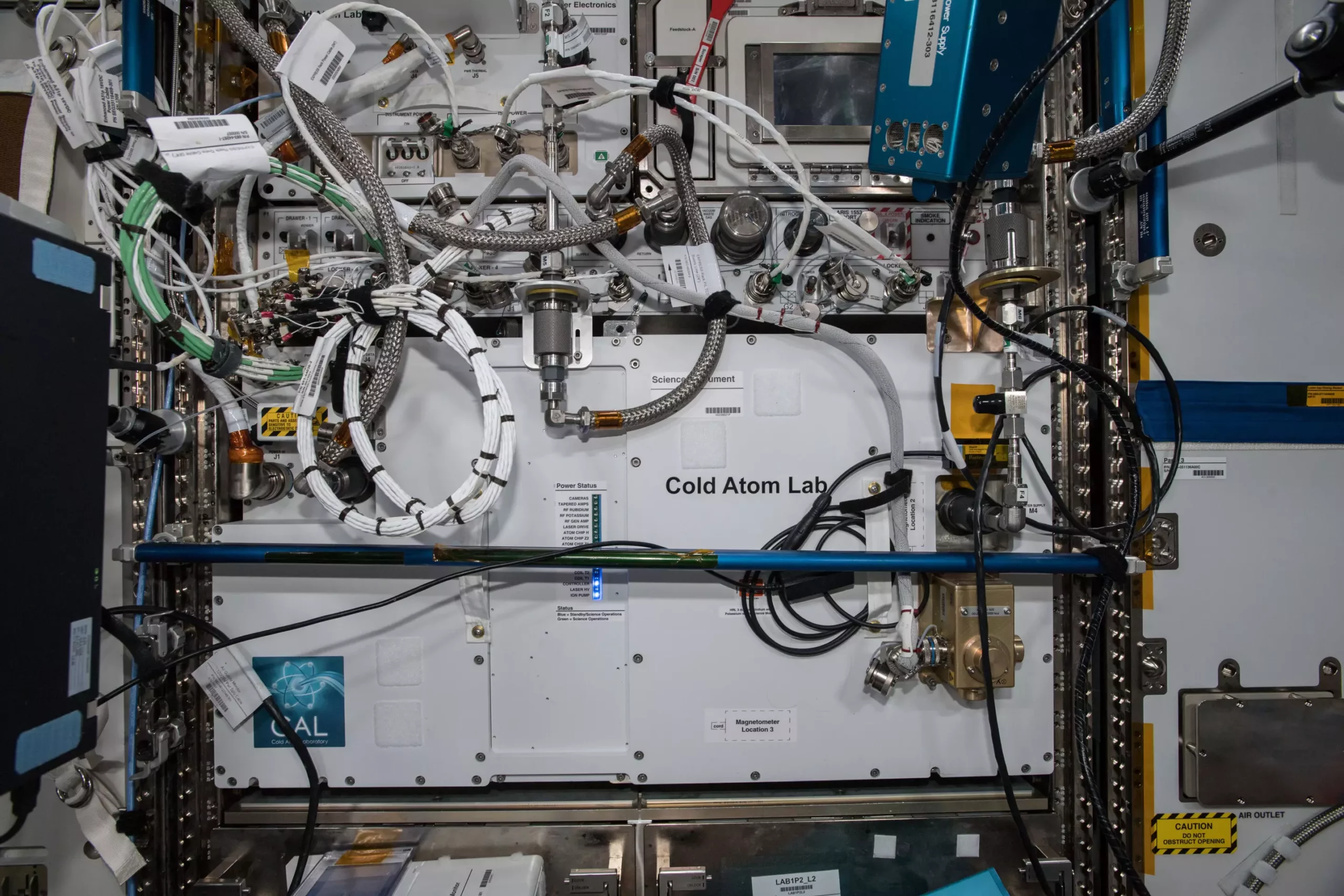Quantum science has taken a giant leap forward with the development of NASA’s Cold Atom Lab, a groundbreaking facility on the International Space Station that is revolutionizing the way we understand and utilize quantum principles in space. This article delves into the recent advancements made by the Cold Atom Lab science team and the potential implications for the future of space exploration.
Advancements in Quantum Science
The Cold Atom Lab has made significant strides in utilizing ultra-cold atoms to measure vibrations in the space station, marking the first time such technology has been employed to detect environmental changes in space. The study published in Nature Communications highlighted the lab’s ability to demonstrate the wave-like nature of atoms in freefall, showcasing the potential of quantum tools like the atom interferometer to measure gravity, magnetic fields, and other forces with unparalleled precision.
The ability to measure gravity with high precision has far-reaching implications for space exploration. Space-based sensors equipped with atom interferometers could provide valuable insights into the composition of planets and moons in our solar system by detecting subtle variations in gravity caused by differences in material density. Furthermore, precise gravity measurements could offer a deeper understanding of cosmological phenomena such as dark matter and dark energy, shedding light on some of the universe’s most perplexing mysteries.
In addition to its practical applications in space exploration, atom interferometry has the potential to uncover new insights into fundamental physics. By testing Einstein’s theory of general relativity in novel ways, researchers hope to gain a better understanding of the underlying principles governing the structure of our universe. The Cold Atom Lab’s unique capabilities enable scientists to probe the quantum realm and investigate how atoms transition between different physical behaviors, opening up new avenues for discovery.
Launched to the space station in 2018, the Cold Atom Lab is a pioneering facility that aims to advance quantum science by creating a long-term research platform in the microgravity environment of low Earth orbit. By cooling atoms to nearly absolute zero, the lab can generate Bose-Einstein condensates, a state of matter where atoms exhibit macroscopic quantum properties. This unique setup allows scientists to study the intricate quantum behaviors of atoms in ways that were previously unattainable on Earth.
The Cold Atom Lab represents a significant milestone in the evolution of quantum science and its applications in space exploration. By harnessing the power of ultra-cold atoms and atom interferometry, researchers are pushing the boundaries of our understanding of the universe and paving the way for future discoveries. As we journey further into the quantum realm, the Cold Atom Lab’s contributions will play a crucial role in shaping the scientific landscape of the future.


Leave a Reply